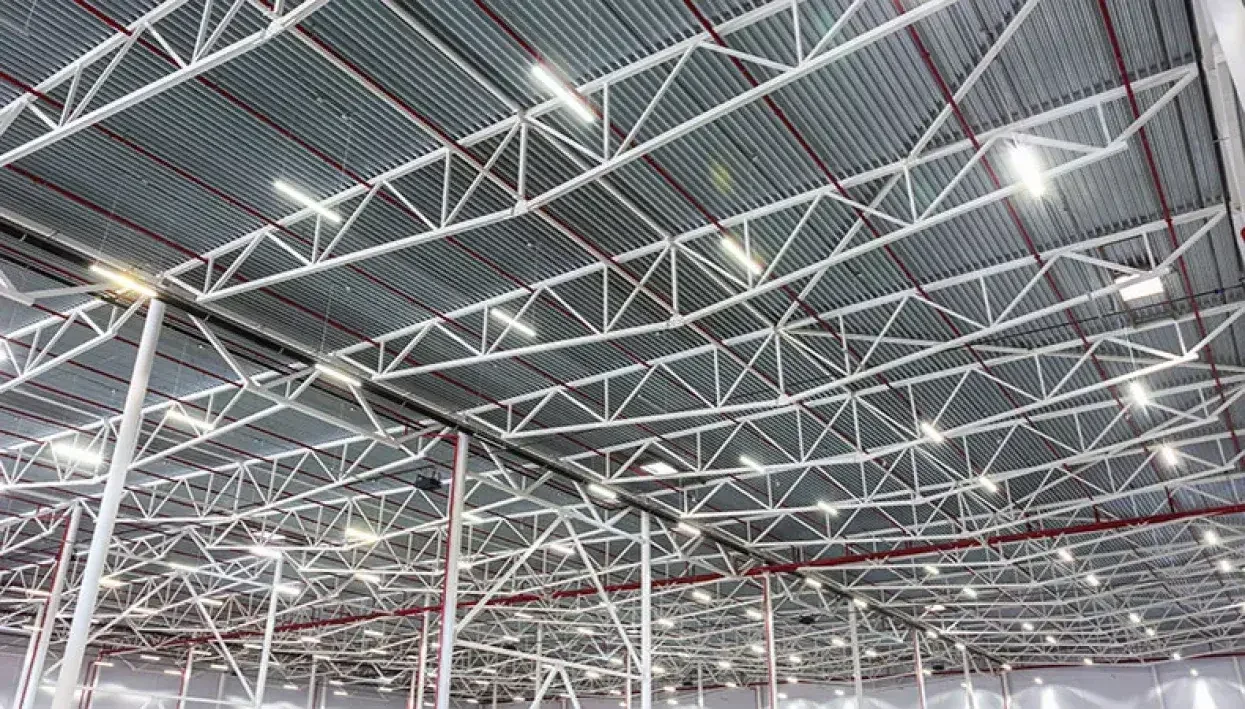Sustainability
Renewable energy: LED lighting and your business
Author
FESPA Staff
Published Date
23/03/2022
Become a FESPA Member
to Continue Reading
